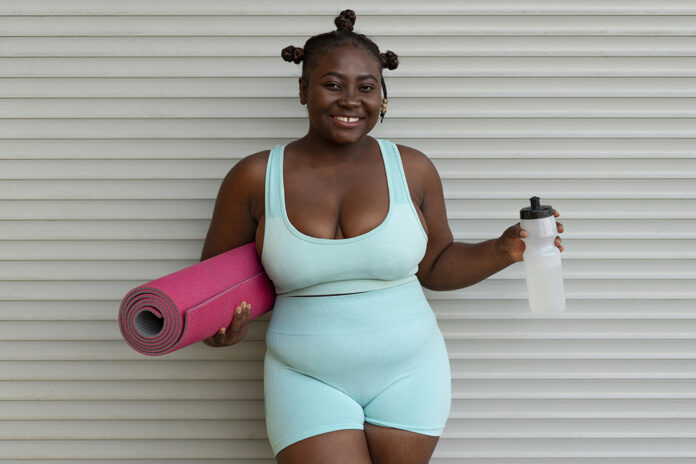A walking workout is most effective when done properly
You took your first steps when you were in diapers. Time for a walking tuneup.
We tend to walk to get from point A to point B without giving much thought to how we walk. It’s springtime, the perfect time to check in on your own gait to be sure it’ll keep you in fine walking form for the long haul. All it takes is a little attention to the way you move. The more comfortable your walk, the more you might enjoy it. And the more you enjoy it, the longer you’ll do it.
I haven’t always been a walking fan. For years I thought I could get all benefits I needed out of faster, harder workouts. Now I know better. Walking is great for recovery, gently pumping the muscle byproducts of heavy lifts or hard sprints out of my legs while burning fat at a higher rate than the high intensity sweat fests. Yep, lower intensity uses more fat, but bodies seem to work best with a mix of easy and more intense challenges.
Also, whether you have diabetes or not, walking helps muscles make use of the sugar in your bloodstream that could otherwise cause damage to your arteries and kidneys.
Walking is simple, but to keep stepping for the long haul, lace up, hit the road, track, trail or treadmill, then check out your gait. Here are a few posture tips to keep in mind as you ease on down the road:
Spine and Core
Stand tall, with your shoulders back, head and neck aligned with your spine. Think of yourself as a marionette held up from the crown of your head by a string.
Stabilize your core by gently pulling your navel up and in toward your spine, but keeping your belly soft enough to expand as you breathe deeply. That should help strengthen your core and take some of load off your lower back.
A yoga instructor gave me tip on good walking posture: Put the girls on a shelf. Lift your ribcage slightly to keep your chest up.
Hips, Legs and Feet
Think of every step as a smooth yet complex series of movements in the leg that starts from the hip, moving forward slightly as your thigh, knee and foot follow through with a step, then seamlessly move the other hip. Some people keep their hips dead still as they walk. Others do an exaggerated switch-and-sway movement that spends more momentum on a side-to-side movement and less on keeping you moving forward. Find your comfort zone somewhere in between.
With each step, push off from the balls of your back foot and land squarely on the heel of your lead foot. Land gently.
Keep your knees slightly bent to help absorb any impact. The more rigid your knees and ankles, the more you’ll look like you’re in a military parade march.
Each step should be a rolling motion from the heel to the ball of your foot to the final push off.
Find a stride length that is comfortable. To go faster, step more quickly rather than lengthen your stride. Adjust your stride length and speed as needed on hills, declines and soft or uneven surfaces.
Shoulders, Arms and Hands
Allow your shoulders to relax. Bend your elbows at roughly a right angle and allow your arms to move naturally, letting your elbows hang close to your sides.
Your arms should swing in opposition to your steps; extend your left arm as your right leg extends forward, then vice versa.
Avoid clenching hands or over-swinging your arms. And leave your dumbbells at home.





